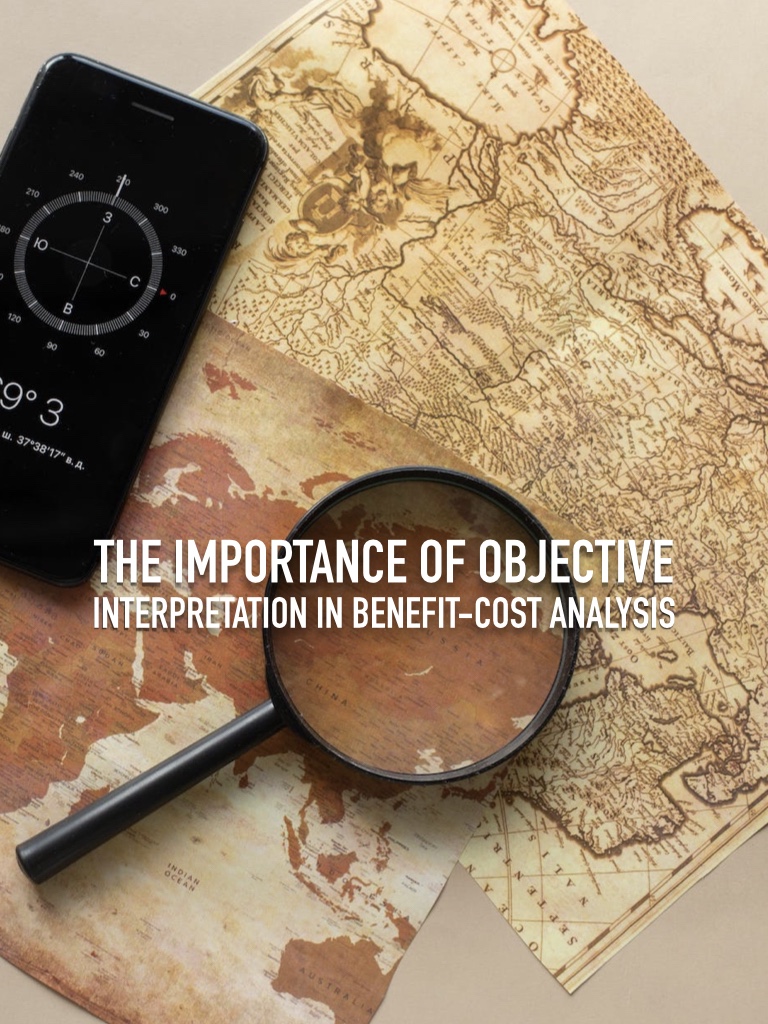In the realm of decision-making, benefit-cost analysis (BCA) stands as a fundamental tool for evaluating the potential outcomes of various choices. However, the effectiveness of such analyses heavily depends on how individuals interpret objectives and prioritize them. Often, misconceptions or misplaced focus can lead to skewed results, ultimately thwarting the very goals one aims to achieve.
The point of the matter lies in the interpretation of objectives. When individuals fail to identify and prioritize the right objectives, they inadvertently compromise the outcome they seek. It’s like setting sail without a clear destination – the journey may be eventful, but reaching the intended port becomes uncertain.
Consider, for instance, a company evaluating whether to invest in a new technology. The primary objective might be to enhance efficiency and productivity. However, if decision-makers become fixated on short-term financial gains or fear of losing market share to competitors, they may overlook the long-term benefits the technology could offer. In this scenario, the misinterpretation of objectives leads to a skewed analysis where immediate costs overshadow potential future gains.
Moreover, the tendency to focus on external factors, such as what others stand to gain, can further cloud judgment. Whether it’s the fear of missing out on a lucrative opportunity or the desire to outdo competitors, the fixation on external benchmarks can derail the analytical process. Decision-makers may end up making choices based on perceived gains rather than the intrinsic value or alignment with their core objectives.
In essence, benefit-cost analysis is not just about crunching numbers; it’s about understanding the underlying objectives and how each decision contributes to achieving them. Here are a few key considerations to ensure a more robust and objective-driven approach to BCA:
• Clarity of Objectives: Clearly define the primary objectives of the analysis. What are you trying to achieve, and what outcomes are most important?
• Long-term Perspective: Look beyond immediate gains and losses. Consider the potential long-term benefits and costs associated with each decision.
• Internal Alignment: Ensure that decisions align with the organization’s values, mission, and strategic goals. Avoid being swayed solely by external factors or competition.
• Comprehensive Evaluation: Take into account both tangible and intangible factors. Monetary gains or losses are just one aspect; consider qualitative factors like social impact, environmental sustainability, and stakeholder satisfaction.
• Flexibility and Adaptability: Recognize that objectives and priorities may evolve over time. Be prepared to revisit and adjust the analysis accordingly.
By adopting a more nuanced and objective-driven approach to benefit-cost analysis, individuals and organizations can mitigate the risk of making decisions based on skewed interpretations or misplaced priorities. It’s not just about crunching numbers but about understanding the bigger picture and making choices that truly serve the intended objectives. In doing so, they pave the way for more informed, strategic, and ultimately successful decision-making processes.

